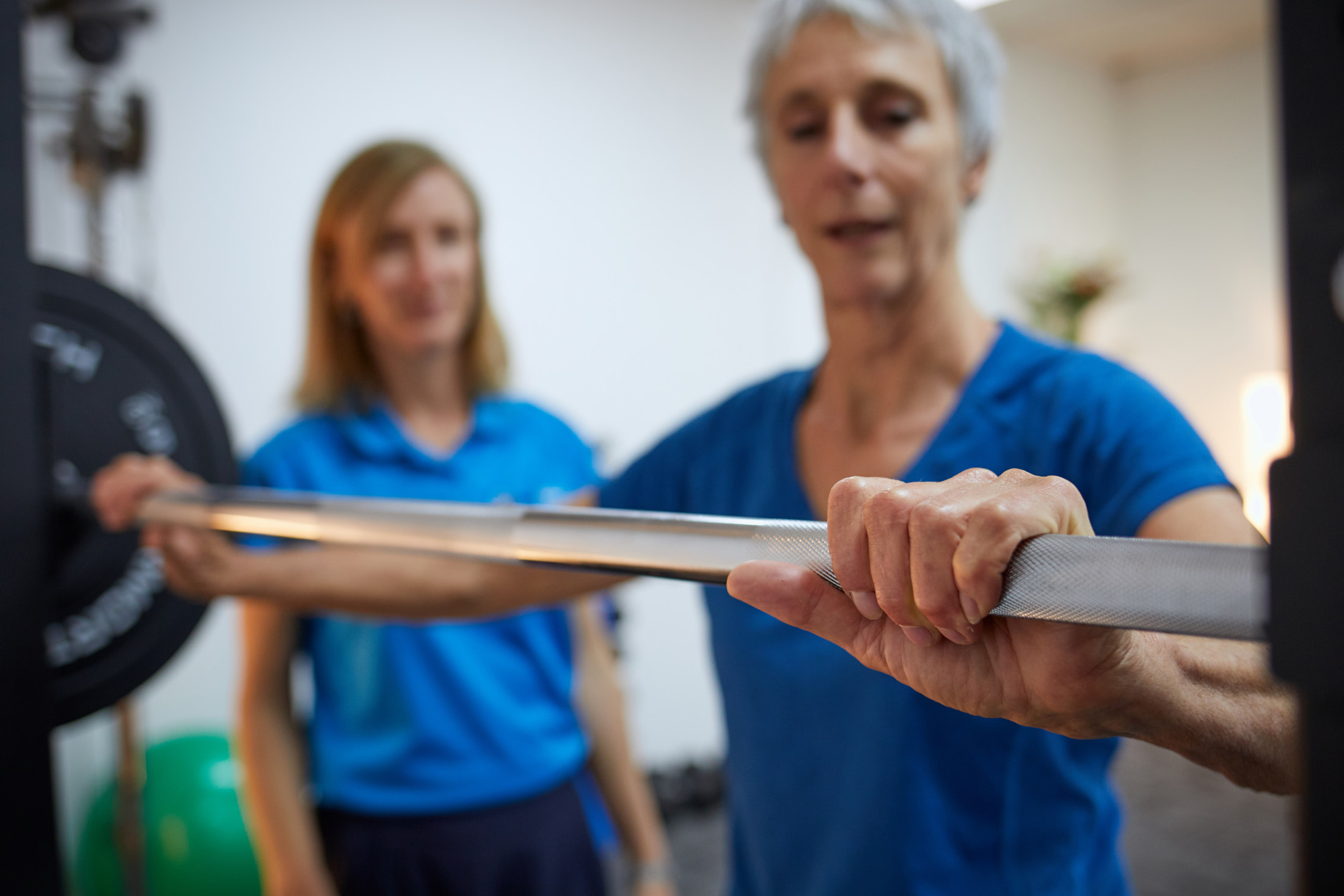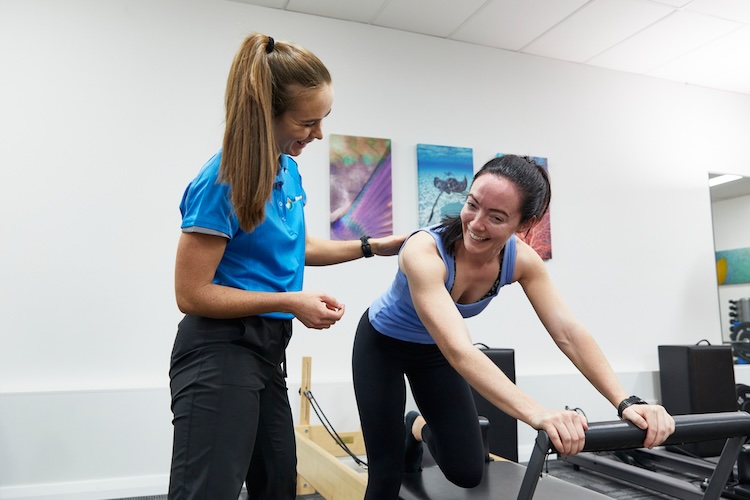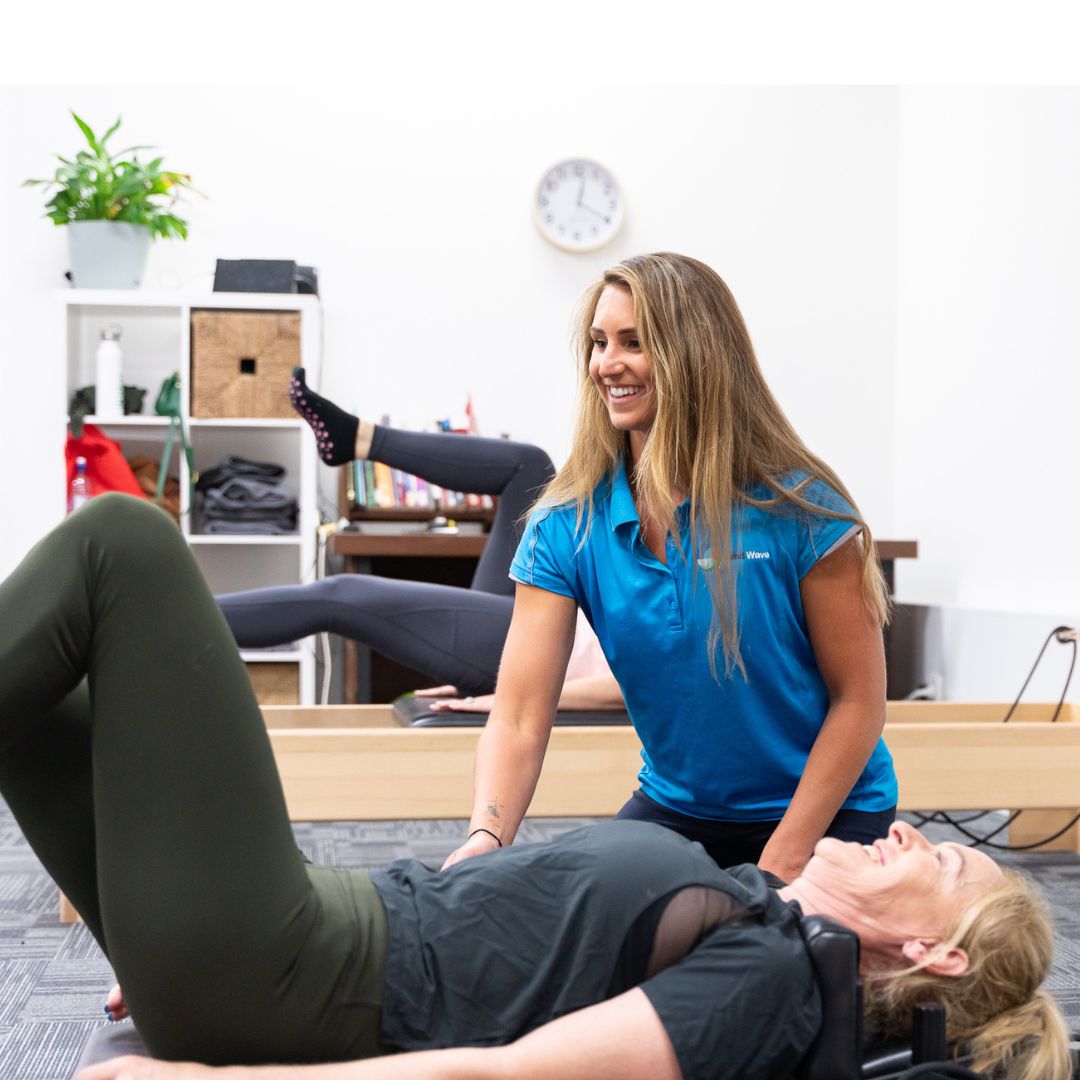Optimizing recovery after a sporting shoulder injury is helped best with targeted physiotherapy rehabilitation. Take your game to the next level!
Shoulder injuries can occur while playing any sport. It’s not just throwing sports like baseball or cricket, athletes in contact sports such as footy and rugby can sustain shoulder injuries. They are painful, take a while to heal and have a significant impact on your performance.
The good news is that sporting shoulder injury rehabilitation is very achievable. With the right rehabilitation that includes exercises specific to your injury and the sport you play, with the recovery phase, shoulder injuries don’t have to stop you from playing the sports you enjoy.
Common reasons for sporting shoulder pain
Whether your shoulder pain is caused by an acute injury during a game or has been gradually building, it is important to understand the cause of your pain. Let’s look at some of the more common reasons for shoulder pain :
Impingement of Shoulder
Shoulder impingement can be due to damage to one or more of structures such as the rotator cuff tendon, biceps tendon and subacromial bursa. It can be very difficult to isolate which structure is causing the pain, however the symptoms are often characteristic. The following symptoms are often signs of shoulder impingement:
- Pain while lifting your arm up to shoulder height that eases past shoulder height
- Pain when sleeping on the shoulder
- Weakness and pain rotating your arm away from you
Instability of Shoulder
Shoulder instability is often a result of dislocation. Your shoulder can dislocate in any direction, but the most common is forwards or backwards. Shoulder dislocation can be mild to severe and the management will vary depending on the severity of the injury. Signs and symptoms of shoulder instability are:
- Weakness when carrying load above shoulder height
- Feeling of instability in overhead positions
- Pain (usually acute) with lifting arm up through the full range of motion
Superior Labrum Anterior Posterior (SLAP) tears
SLAP tears are commonly thought of as a throwing sport or overhead sport injury. The injury can also occur if there is a sudden overload on the biceps, falling forwards onto an outstretched arm, hyperextension and direct impact. The biceps attach to the topmost part of the shoulder labrum. The most common sign of a SLAP tear is pain with lifting your arm up and rotating it back like you are about to throw a ball. Other signs and symptoms are:
- Pain with lifting above your head
- Any movement involving using your biceps
- Weakness with lifting above your head
Acromioclavicular joint (AC joint) injury
AC joint injuries are most common in impact sports because of the frequency of direct impact to the top of the shoulder and repeated falls onto the elbow or side of the shoulder when tackled. AC joint injuries can be mild to very severe. The more severe injuries more often require surgery. The milder injuries can be managed conservatively. The signs and symptoms associated with the an AC joint injury are:-
- Pain radiating into the neck from the shoulder
- Pain at the tip of the shoulder
- Pain with push ups or bench press
- Deformity at the tip of the shoulder (in more severe cases)
Managing Shoulder Pain
Good and precise sporting shoulder injury rehabilitation is critical. It means returning to your sport without pain, with a stronger shoulder preventing further injury.
As you can see from the signs and symptoms, many of the injuries present similarly so having a physiotherapist investigate your shoulder is an important first step. Rehabilitation goes through similar phases in all the injuries, but the exercises will be different.
- The first phase (2-6 weeks) is to reduce your pain by either immobilizing your shoulder or stopping any activities that may cause further harm.
- The second phase (4-8 weeks) is mobilizing the shoulder with exercises that improve the range of motion in the shoulder without causing more pain.
- The third phase (6-12 weeks) is to improve the strength and control of the shoulder with exercises that challenge the movement.
- The last phase (4-8 weeks) is to get the shoulder ready for the sporting requirements by putting you through different drills that you would perform in your sport.
The physiotherapists at Next Wave Therapy are skilled and experienced in helping you manage your shoulder pain so if you have sustained an injury or are not performing at your best level, book in with us so you can take your game to the next level.






